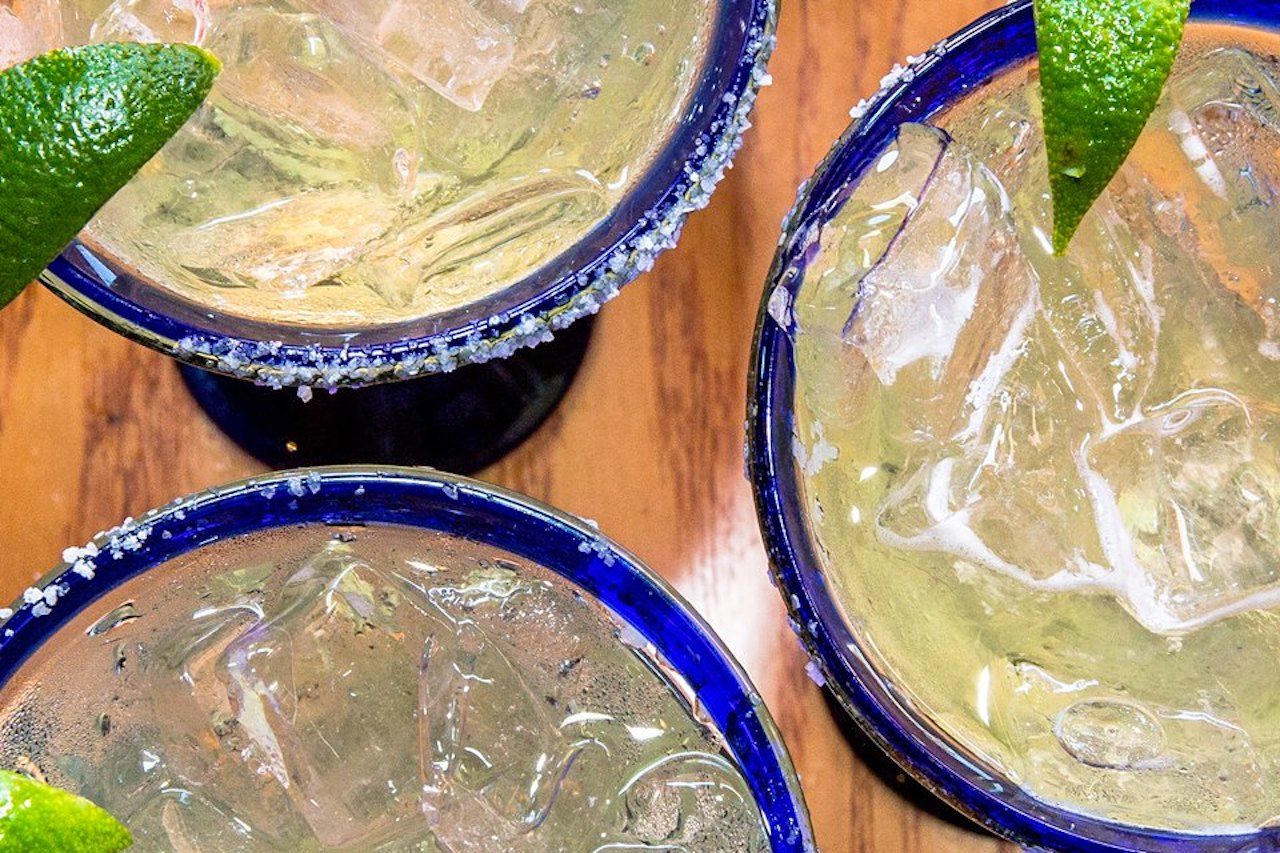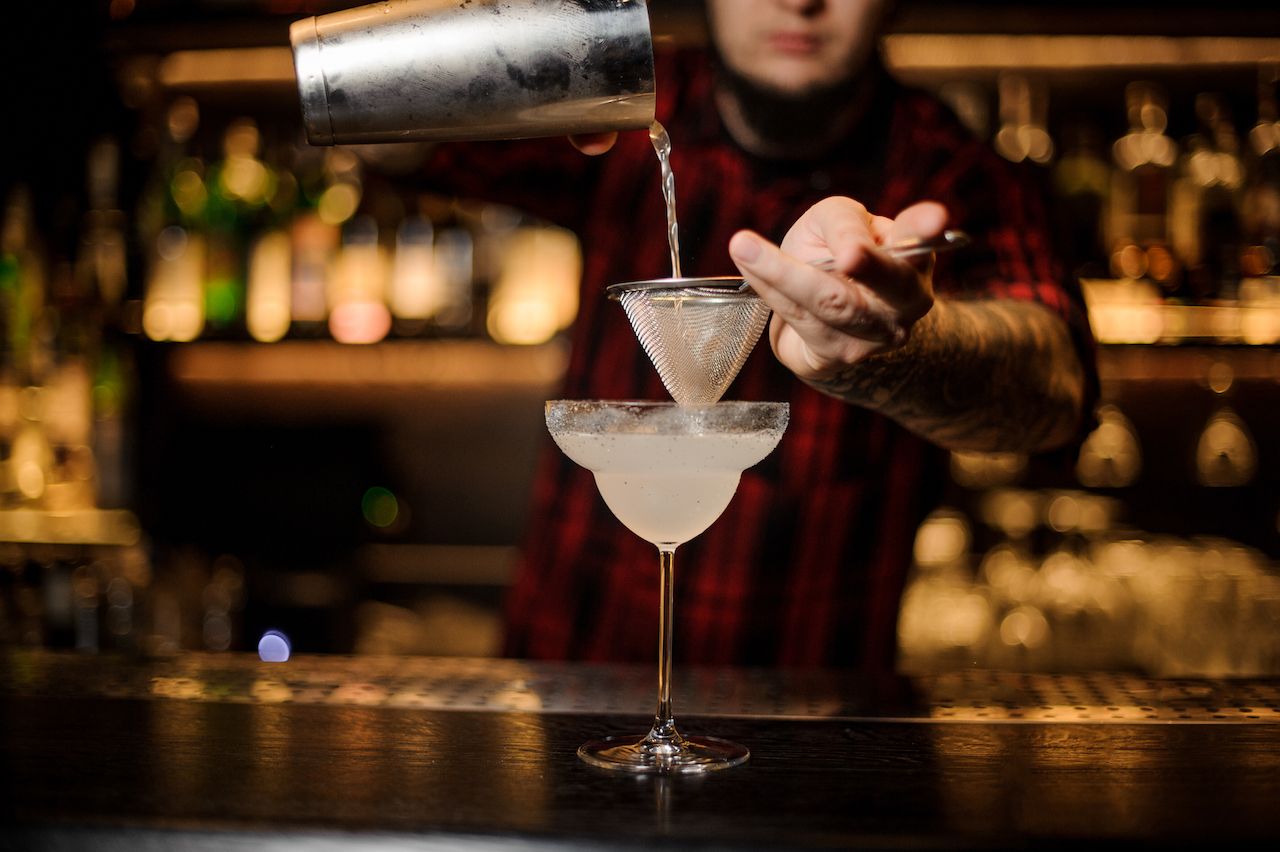No drink can bring the same energy to a crowd of people like a Margarita. The bright and balanced drink hits all the right levels of sweet, sour, salty, and boozy. It’s the most-loved cocktail in the US, according to a Nielsen survey, and it has been since Nielsen started polling bargoers on cocktails in 2016. The Margarita has, in nearly every metric, taken over America. It’s also been bastardized beyond belief.
A classic Margarita is made with two ounces of blanco tequila, one and a half ounces of fresh squeezed lime juice, and one ounce of triple sec. The lime and triple sec fend off any bite from the tequila while the 100-percent agave spirit provides herbaceous notes and just enough of a kick. But that’s only when it’s done right. Tacky restaurants, enterprising chains, and cheap bars often cut costs on America’s favorite cocktail. The Margarita is just as much the most abused cocktail in America as it is the most loved.
This rise to popularity and fall from balanced grace didn’t happen overnight.


